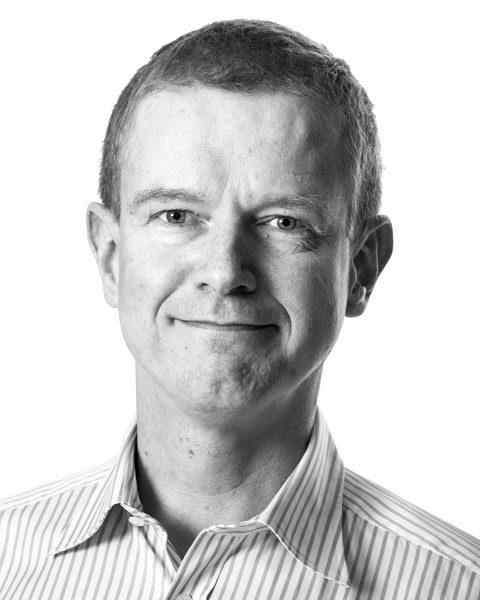Back
On-demand recording will be available 24hrs after the presentation.
Micro- and Nano Technologies
Automated solutions for In-situ sequencing
Increasing throughput of targeted in situ sequencing
Tuesday, February 8, 2022
2:00 PM – 2:30 PM
Location: 204AB

Mats Nilsson, PhD
Professor
Stockholm University, Stockholms Lan, Sweden
Single-cell RNA-seq (scRNAseq) is a powerful tool to classify cells into molecularly defined cell types. However, information about spatial location within the original tissue is lost. I will present work on developing and applying targeted in situ sequencing (ISS) to build spatial maps of scRNAseq-defined celltypes in cm2 sections of human and mouse tissues (Ke, R., et al. (2013) Nature Methods 10, 857-860). We have applied the method to draw spatial cell maps of human developmental heart tissue, where marker genes were selected from both Spatial Transcriptomics and scRNAseq data (Asp et al. (2019) Cell, 179, 1647-1660). We have continued this work and have finalized human developmental lung maps (manuscript in prep) and a complete map of the nervous system of a E10.5 mouse embryo (La Manno, G., et al. (2021) Nature 596, 92-96).
We have improved the ISS chemistry to improve signal-to-noise, and detection efficiency which has allowed us to map expression of 160 genes in human brain cortex, samples that are challenging to analyze due to high autofluorescence (Gyllborg, D., et al. (2020) Nucl. Acids Res. 48, e112), also allowing us to draw the first spatial map of transcriptomically defined cells in a human cortical region (Mattsson Langseth, C., et al. (2021) Communications Biology 4, 998). We are also using our targeted in situ sequencing to map expression- and mutational heterogeneity in tumors (Lomakin, et al. (2021) bioRxiv). By targeting mutations identified by deep sequencing, we create maps of clones of subtypes of cancer cells across tissue sections. We then overlay these maps with in situ expression profiles of tumor marker genes, as well as, immune celltype- and activity markers, to create oncomaps where we aim to predict treatment responses for different sub-clones of the tumor.
I will particularly focus on our work towards increasing the throughput of the ISS method through improved chemistry, automation, imaging, and image analysis.
We have improved the ISS chemistry to improve signal-to-noise, and detection efficiency which has allowed us to map expression of 160 genes in human brain cortex, samples that are challenging to analyze due to high autofluorescence (Gyllborg, D., et al. (2020) Nucl. Acids Res. 48, e112), also allowing us to draw the first spatial map of transcriptomically defined cells in a human cortical region (Mattsson Langseth, C., et al. (2021) Communications Biology 4, 998). We are also using our targeted in situ sequencing to map expression- and mutational heterogeneity in tumors (Lomakin, et al. (2021) bioRxiv). By targeting mutations identified by deep sequencing, we create maps of clones of subtypes of cancer cells across tissue sections. We then overlay these maps with in situ expression profiles of tumor marker genes, as well as, immune celltype- and activity markers, to create oncomaps where we aim to predict treatment responses for different sub-clones of the tumor.
I will particularly focus on our work towards increasing the throughput of the ISS method through improved chemistry, automation, imaging, and image analysis.


